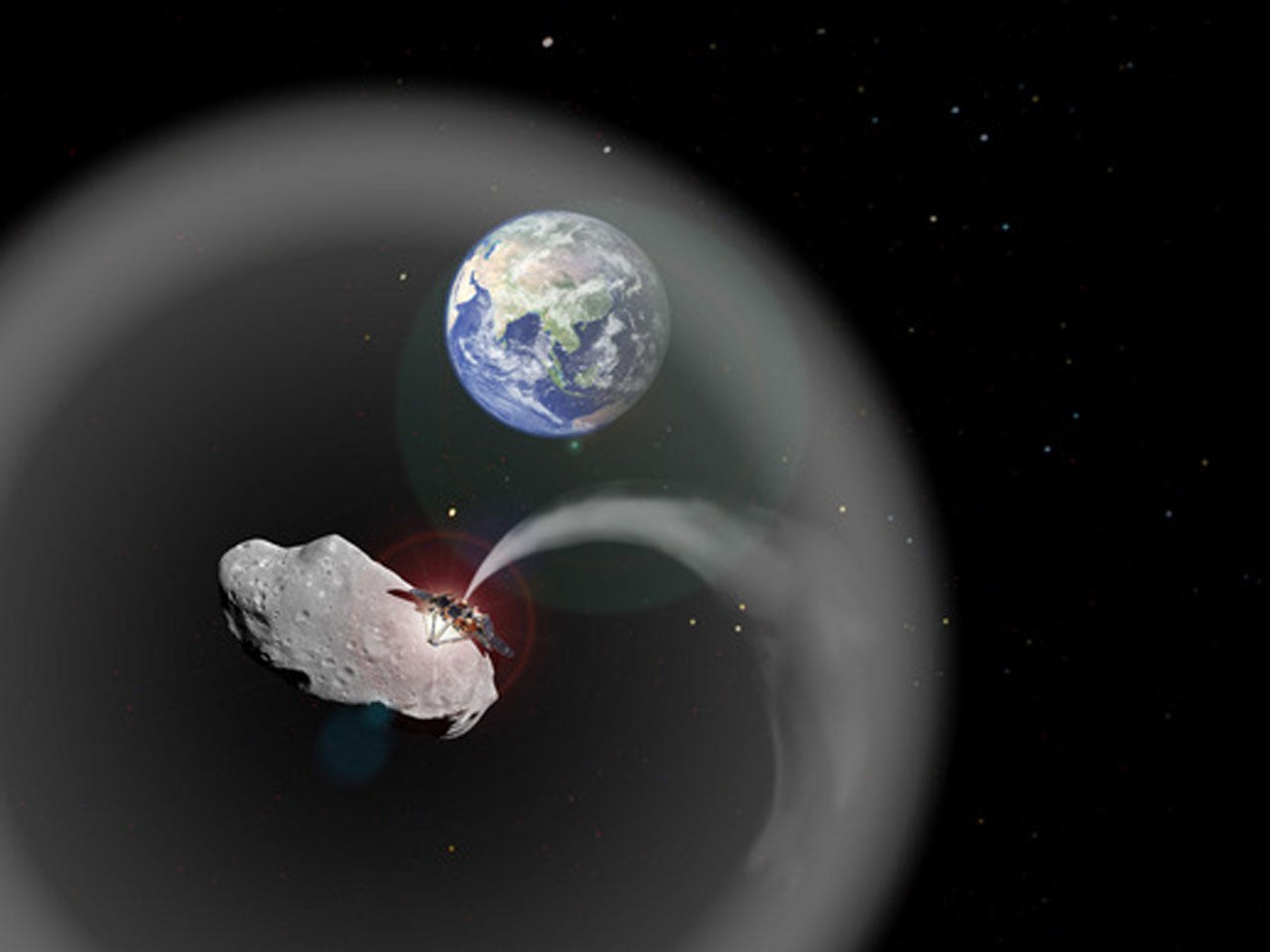
The Parker probe was going incredibly quickly as it passed through the corona.

(Source: NASA/Johns Hopkins APL/Naval Research Laboratory.) Above, images taken by the probe inside the Sun’s corona. It flew through the corona for about five hours, recording information on the solar winds and magnetic fields around it. In April, on its eighth trip around the Sun, the probe entered the Sun’s corona. Later, the probe flew in and out of the corona several more times. In April, on its eighth trip around the Sun, the probe crossed this bumpy boundary and actually entered the Sun’s corona. Instead, it’s uneven, bumping out in places, and pushed in in others (see first picture).

The probe has also proven that the outer boundary of the Sun’s corona isn’t smooth like a ball. Above, a simplified picture showing switchbacks in the corona. These switchbacks are magnetic zigzag patterns where the solar wind moves away from the Sun, back towards the Sun, then away again. The probe has already revealed details about “switchbacks” in the corona. These switchbacks are magnetic zigzag patterns where the solar wind moves away from the Sun, then back towards the Sun, then away again. The Parker probe has already revealed details about unusual “switchbacks” in the solar wind inside the corona. This allows it to keep cool inside, even when the heat is as high as 2,500º Fahrenheit (about 1,400º Celsius). In order to work so close to the Sun, the probe is protected by special, thick foam. The corona is far hotter than the surface of the Sun itself. (Source: Luc Viatour, from Wikimedia Commons.) The Sun is blocked out, but you can see the corona. This picture was taken during a solar eclipse. The corona is the outer atmosphere of the Sun, which goes millions of miles into space. Studying the corona is important because this activity can affect satellites, GPS, and other important systems back on Earth. Solar storms and other activity, like solar flares, happen in the corona. If you imagine a simple drawing of the Sun as a yellow ball with lines coming out of it, the corona is the part where the lines are. The corona is the outer atmosphere of the Sun. NASA launched the Parker Solar Probe in August of 2018 to learn more about what goes on in the Sun’s corona. Above, a drawing showing the probe entering the Sun’s corona.

The probe first flew through the Sun’s outer atmosphere, or “corona” in April. Three years after NASA launched its Parker Solar Probe, the probe has become the first spacecraft to “touch” the Sun. Parker’s idea seriously, but he turned out to be right. Parker called this stream of particles “ solar wind”. The Parker Solar Probe was named for Eugene Parker, the scientist who first suggested that the Sun sent out a stream of tiny, invisible particles. Three years after NASA launched its Parker Solar Probe, the probe has become the first human spacecraft to “touch” the Sun.


 0 kommentar(er)
0 kommentar(er)
